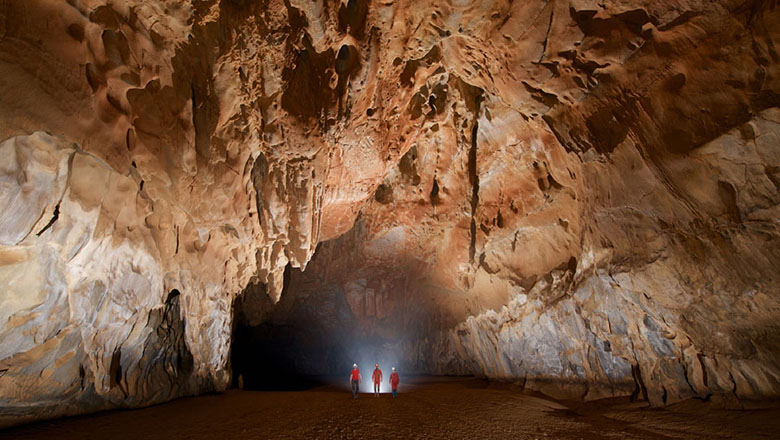Search for Shangri-La leads explorers to a philosophical discovery
Updated: 2016-10-15 06:44
By Xinhua in Beijing(China Daily)
|
||||||||
Continuous quest
In their second expedition, Brahm and his team dug deep into the origin of the Shangri-La myth.
After detailed research and analysis of Lost Horizon, they found that James Hilton had never visited Asia and largely based his writing on botanist and explorer Joseph Rock's reports on western China for the National Geographic.
So in 2003, the team followed the footsteps of Joseph Rock along the ancient Tea Horse Road, which for centuries had served as a trade link between China's Yunnan and Tibet, and several Asian countries, as well as providing a vital route for Buddhism to enter China.
They wanted to find the prototype that had inspired Hilton's Shangri-La, only to discover that Shangri-La was most likely a misspelling of "Shambhala," an ideal realm in Tibetan Buddhism, Brahm says. So the team embarked on a third expedition in 2004 - looking for Shambhala.
During their quest, they heard of the existence of a rare sutra that contained descriptions and prophecies regarding Shambhala and was preserved at Zhaxi Lhunbo Lamasery in Xigaze, Tibet.
Following clues in the sutra, the explorers finally arrived at the ruins of Guge, a powerful ancient kingdom founded around the 9th century that disappeared mysteriously in the 17th century, in Ngari Prefecture, the most isolated part of western Tibet.
Regretfully, Guge was no Shambhala either. But they learned that in a remote part of central Tibet, five to twenty five monks often gather to represent the kings of Shambhala and collectively meditate, visualizing Shambhala.
The practice helped Brahm realize that the search for Shangri-La or Shambhala's actual location was not important. Shambhala was not something to be found; it was something to be created.
- Hollande, Merkel, Putin discuss how to implement Minsk peace deal
- Pentagon vows to respond to attempted missile attacks at US destroyer near Yemen
- NASA to invite private companies to install modules on space station
- Trump accused of inappropriate touching by two women
- White House denounces terror attacks in Afghanistan
- Republican voters frown on party establishment's criticism of Donald Trump

 Birthday celebration held for panda cubs at Toronto Zoo
Birthday celebration held for panda cubs at Toronto Zoo
 China's top 10 enterprises by revenue in 2015
China's top 10 enterprises by revenue in 2015
 Robots, 3D printed food big hit at Shenzhen Maker Week
Robots, 3D printed food big hit at Shenzhen Maker Week
 Flying over the mountains in wingsuit in Zhangjiajie
Flying over the mountains in wingsuit in Zhangjiajie
 Ten photos from around China: Oct 7-13
Ten photos from around China: Oct 7-13
 Superheroes make surprise visit to children's hospital
Superheroes make surprise visit to children's hospital
 Female soldiers take training in Hainan
Female soldiers take training in Hainan
 Premier Li vows anew to ease market access
Premier Li vows anew to ease market access
Most Viewed
Editor's Picks

|

|

|

|

|

|
Today's Top News
Trump outlines anti-terror plan, proposing extreme vetting for immigrants
Phelps puts spotlight on cupping
US launches airstrikes against IS targets in Libya's Sirte
Ministry slams US-Korean THAAD deployment
Two police officers shot at protest in Dallas
Abe's blame game reveals his policies failing to get results
Ending wildlife trafficking must be policy priority in Asia
Effects of supply-side reform take time to be seen
US Weekly

|

|










